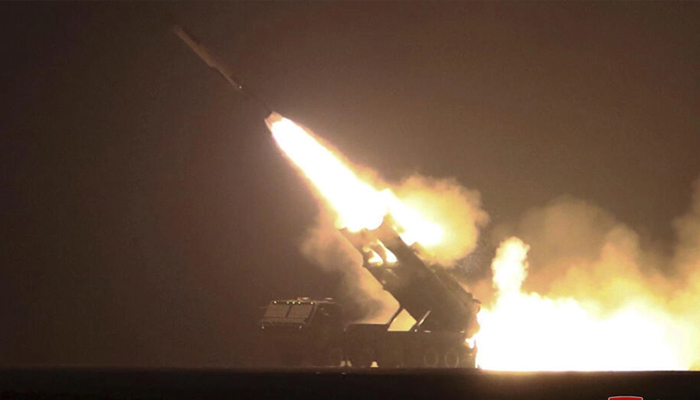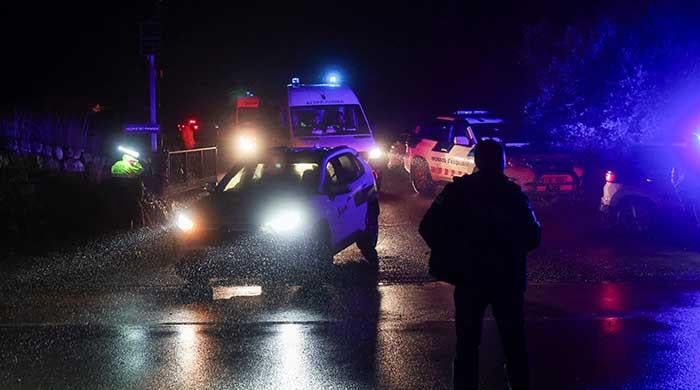North Korea performs missile drills amid regional tensions
KCNA added that cruise missile launched by Kim Jong-un forces was strategic, referring to nuclear-capable weapons
January 31, 2024

North Korean media reported Wednesday that a missile drill was conducted on January 30 by the country's army to evaluate and improve the forces' striking capability, as the rising regional tensions are forcing the US and its regional allies to prepare for any aggression from Pyongyang.
The KCNA reported that "the drill made a contribution to checking the KPA's (Korean People's Army)rapid counterattack posture and improving its strategic striking capability."
It also added that the cruise missile was strategic, referring to nuclear-capable weapons.
The report confirmed the launches of Tuesday involving multiple cruise missiles into the sea off its west coast as noted by the South Korean military.
The latest test for the missile called "Hwasal-2" marks the third time Pyongyang has tested cruise missiles in less than a week.
Earlier, KCNA also reported that North Korea's Kim Jong-Un supervised the launch of the crucial strategic missiles Pulhwasal-3-31 Monday, adding that the launches of the two missiles were conducted via submarine above the East Sea and hit their target, without providing additional details.
During the launches, Kim Jong-Un expressed his great satisfaction with the launch, KCNA reported, mentioning that they "had no impact on the security of a neighboring country and has nothing to do with the regional situation."
The KCNA report also highlighted that the Pulhwasal-3-31 missiles were in the air for 7,421 seconds and 7,445 seconds, without specifying their range.
The cruise missile is a newly developed strategic weapon that Pyongyang tested for the first time Wednesday, firing multiple missiles toward the Yellow Sea.
North Korea's exact sea-based launch capabilities remain unknown.
Previous tests were carried out from older vessels, including from a submerged platform, rather than an actual submarine.











